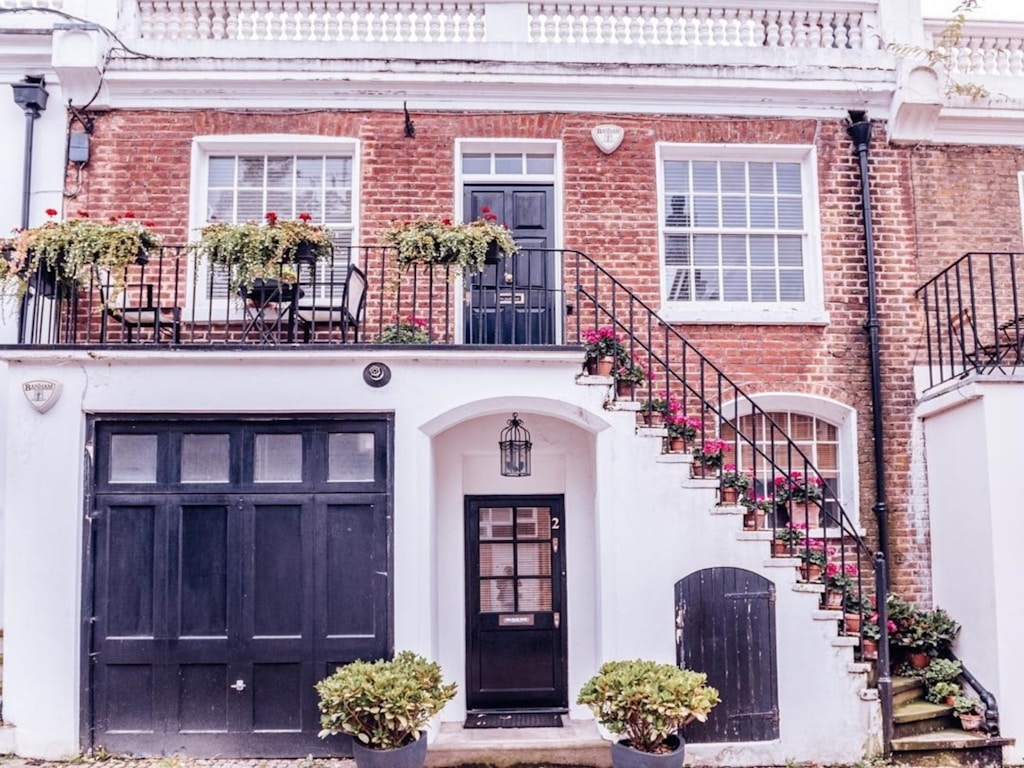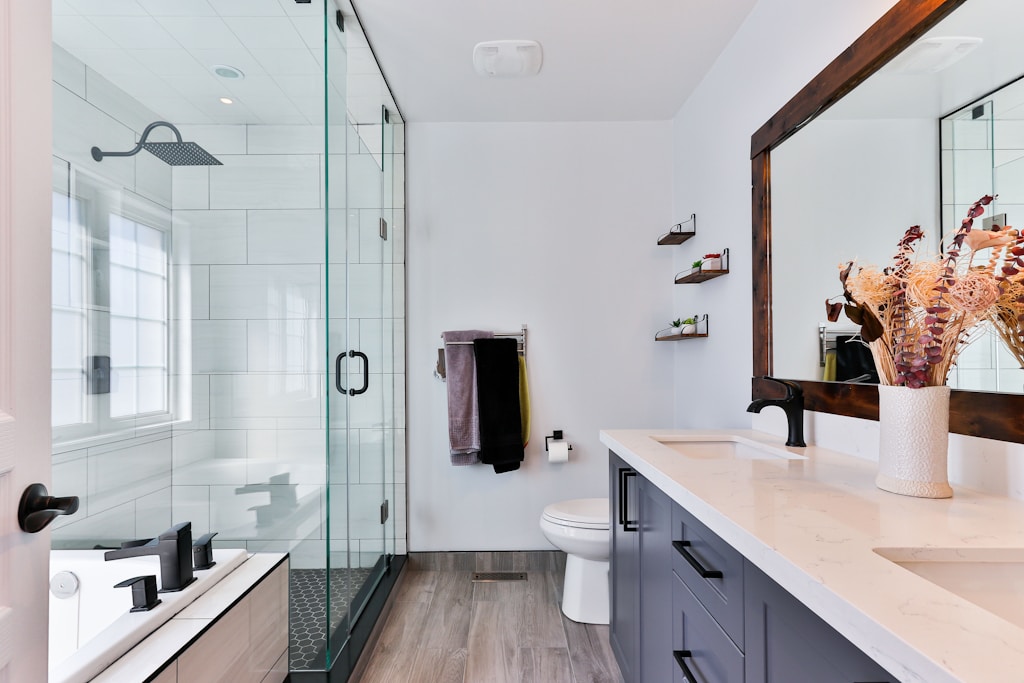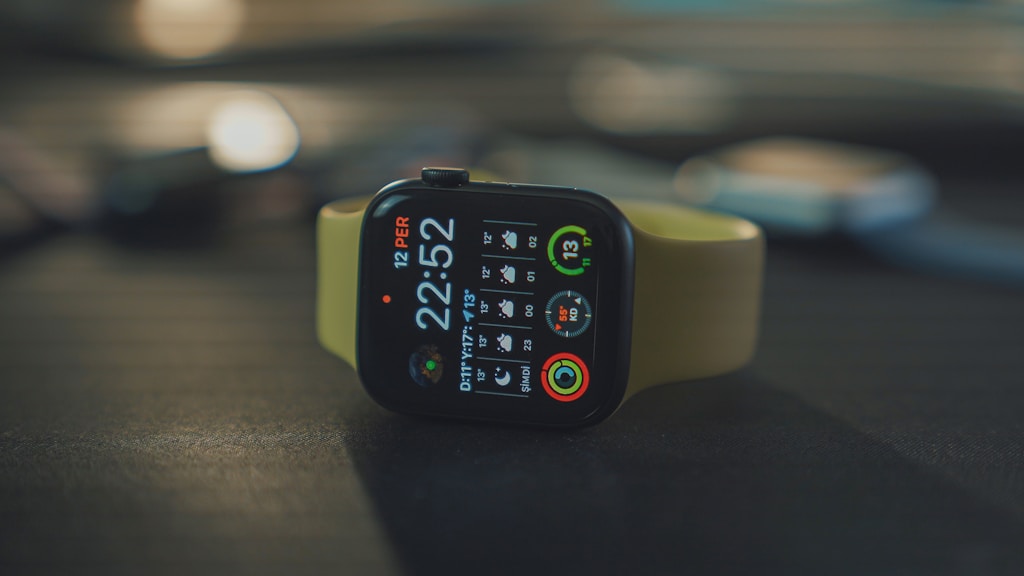Table of Contents
In our previous post, we introduced the idea of aging in place and the importance of planning for this phase of life. Today, we dive into the practical application of this concept. We'll provide a detailed guide on how to make the home a safer, more comfortable environment for our aging loved ones, without sacrificing their independence or quality of life.

Our journey through the age in place design starts at the home's entrance. Wherever your loved one most often enters the home. This could be the front door, garage or backdoor.
A well-planned entrance can help prevent accidents like slips and falls, ensuring your loved one's safety right from their first step into the house.
A covered, step-free entryway is ideal. This can be achieved with an ADA-compliant ramp. It allows easy access to wheelchairs and walkers, making the home more accessible. However, if an ADA ramp is not a viable option, installing two sturdy rails is a practical alternative.
The rails should both be comfortably within reach to improve safety. These rails can provide much-needed support to elderly individuals as they navigate the entrance.
Adequate lighting is also critical for safely navigating the home entrance.

The kitchen, a central part of every home, is also an area requiring attention. Did you know that two-thirds of home fires begin in the kitchen?
Consequently, kitchen design should focus on preventing burns, fires, and lacerations, which are the most common injuries that occur in this space.
The first thing you might want to consider is improving the lighting in the kitchen. Proper illumination can not only make cooking and cleaning easier but also prevent accidents caused by poor visibility.
Next, think about the furniture and fixtures. Round off pointed edges on counter tops and tables to prevent injuries.
Replace cabinet doors with pull-out drawers for easy access. Install easy-to-grip handles on these drawers, taking into consideration that many elderly people suffer from arthritic joints in their hands.
Other design modifications include making the kitchen floors slip-resistant to prevent falls, and ensuring kitchen cabinet corners are easily accessible with corner pull-out drawers.
If the kitchen appliances are not at a convenient height, consider placing the microwave at counter height or below for easy reach. Opt for a shallow kitchen sink and keep the stove close to the sink to minimize movement while cooking.

From the kitchen, we move onto another critical area - the bathroom. It's an area where a lot of accidents occur due to the combination of water, slippery surfaces, and hard corners.
A good age in place design makes the bathroom safer without compromising functionality.
Start with the bathroom door. It should be wide enough to allow a wheelchair to pass through. The recommended width is 28 inches. A door narrower than 24 inches can pose safety issues, especially when a walker or rollator is required as an assistive device.
Handrails are a must in the bathroom, especially around the toilet area. They provide support to the elderly as they stand or sit. An elevated toilet seat can further reduce the risk of falls.
The bathtub/shower combo can be particularly dangerous.
Replacing it with a low-threshold shower or a walk-in tub can significantly reduce the risk of falling while getting in or out.
If replacing the entire setup is not feasible, consider adding handrails that can be reached when stepping into and out of the bathtub.
The shower should also have a seat or a bench. This will enable the elderly to sit while washing themselves, reducing the chances of slipping or feeling dizzy with long periods of standing.

The living room and bedroom, spaces associated with rest and relaxation, should be comforting and, above all, safe.
Loose rugs in the living room can be a tripping hazard. They should either be removed or securely tacked to the floor. Declutter the space to create clear walkways. Keep essentials like remotes within easy reach, and if vision is an issue, consider replacing regular remotes with large-numbered ones.
Moving onto the bedroom, this space should be free of potential trip hazards like lamp cords or phone chargers. The height of the bed should be in the 16" to 22" range, allowing safe and easy maneuvering. High beds can present a risk of falling, while low ones may require excessive effort to get in and out.

Advancements in technology can significantly enhance the comfort and independence of those opting to age in place. Check out this post about modern technology to reduce caregiver worry.
Lighting plays a crucial role in preventing accidents and promoting well-being. Ensure there is adequate overhead lighting in all rooms. Install night lights in high-traffic areas to facilitate navigation during the night.
Eliminate any potential tripping hazards by keeping cords out of the way. Use power strips to manage cords and reduce clutter. Donate or recycle unused electronics to free up space and make the home more age-friendly.
Designing for aging in place may seem like a daunting task, but with careful planning and attention to detail, it's entirely achievable.
That's all for today.
Take care, keep mom safe at home and have a great day!
Winn